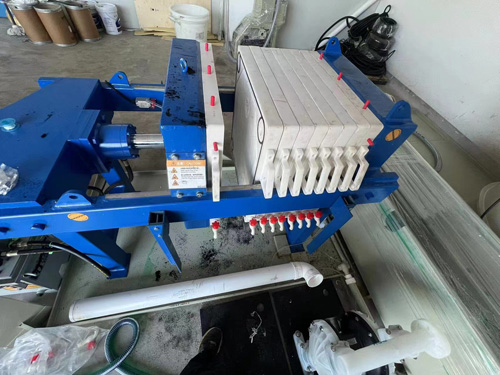After concentration and digestion, the sludge still has a moisture content of about 95% to 97% and a large volume. Sludge dewatering can further remove pore water and capillary water in sludge, reducing its volume. After dehydration treatment, the moisture content of sludge can be reduced to 70%~80%, and its volume is 1/10~1/4 of the original volume, which is beneficial for subsequent transportation and treatment. The mechanical dewatering methods for sludge include filtration dewatering, centrifugal dewatering, and squeezing dewatering, and filtration dewatering also includes vacuum filtration and pressure filtration; Centrifuge dehydration is carried out using a centrifuge; Squeezing dehydration is carried out using a screw press or roller press. The commonly used methods are pressure filtration and centrifugal dehydration. Sludge filtration dewatering is driven by the pressure difference between the two sides of the filter medium, which forces the water in the sludge to pass through the filter medium to form filtrate, while solid particles are intercepted on the medium to form filter cakes, thus achieving the purpose of sludge dewatering. Plate and frame filter presses were the first machinery used in chemical dehydration. Although the plate and frame filter press is generally operated intermittently, with high investment in infrastructure equipment and low filtration capacity, it is still widely used in some small sewage treatment plants due to its advantages such as large filtration driving force, high solid content of filter cake, clear filtrate, high solid recovery rate, and high consumption of conditioning drugs.




